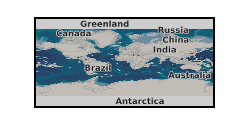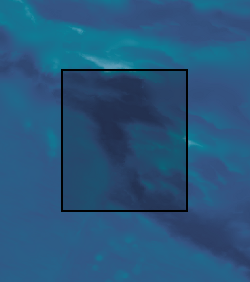Fault zone
Type of resources
Topics
Keywords
Contact for the resource
Provided by
Years
Formats
Representation types
Update frequencies
-

Fault lubrication during earthquake propagation in thermally unstable rocks in Central Italy Fieldwork pictures Fucino Basin Fault system: Castel di Monte fault Parasano fault Rocca Casale fault Venere fault Fieldwork pictures L’Aquila Fault System: Assergi fault Bitumen quarry Campo Imperatore Magnola fault Panoramic view Pettino fault Piani di pezza fault Vado di Corno fault Raw data from friction experiments. Links to associated papers: https://doi.org/10.1130/G35272.1 https://doi.org/10.1002/2015JB011914 http://dx.doi.org/10.1016/j.jsg.2013.10.008 http://dx.doi.org/10.1016/j.epsl.2011.09.001 http://dx.doi.org/10.1016/j.epsl.2015.09.002 http://dx.doi.org/10.1130/focus062013.1
-

In this submission we Include three data sets collected as part of a NERC Urgency programme. Data were collected from a key field site within the Marlborough Fault Zone (MFZ), New Zealand. The Mw 7.8 Kaikoura Earthquake of 14th November 2016 was characterised by a surprising degree of spatial complexity in the surface displacement field in the Marlborough region, South Island, New Zealand. This complexity includes movement on up to 12 faults, besides a high degree of variability in apparent slip along strike of individual faults over relatively short distances. The Urgency programme included rapid collection of Terrestrial Laser Scanning (TLS), Structure from Motion (SfM) and Global Navigation Satellite System (GNSS) data immediately after this event. We include data for one of our field sites for which data collection succeeded, and processing has been completed. For a summary of the key initial findings from this data set, see the following EGU 2018 Abstract and summary: https://meetingorganizer.copernicus.org/EGU2018/EGU2018-6847.pdf
-

The Dordrecht Deep, the deepest section of the Diamantina Fracture Zone (Indian Ocean), was surveyed with a Kongsberg EM 124 gondola-mounted to the hull of the 225-foot DSSV Pressure Drop. The survey was conducted over the course of three days – March 12-15, 2019. The data meet the requirements for IHO Special Order standards.
 BGS Data Catalogue
BGS Data Catalogue